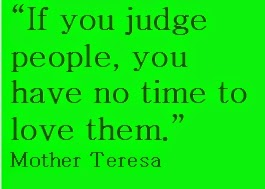This week assignment we need to image
if we were in a major catastrophe and need to evaluate to other countries, what
are the three items that we hold dear and that represent our family
culture.
First, I would say my family
album as it contains all the memories that we have as a family. These pictures
show every moment of our family culture, and it also helps to explain our
family culture to my future children.
The second items I will bring is a watch, we
all self-conscious and punctual like to have a watch like us everywhere we go
to know the time. We will explain to others that we value and enjoy every
moment we live in, therefore, knowing the time is important to us.
 The last item I will bring will be a laptop
because I could use my laptop to play our favorite music, communicate with
other with the translation software, and can document our new life in the
computer. Music is a universal language, we can tell the mood of the music by
its rhythm. I believe I maybe able to communicate with others about my feeling
by using the song from my home language.
The last item I will bring will be a laptop
because I could use my laptop to play our favorite music, communicate with
other with the translation software, and can document our new life in the
computer. Music is a universal language, we can tell the mood of the music by
its rhythm. I believe I maybe able to communicate with others about my feeling
by using the song from my home language.
I would be frustrated if I could only keep one
personal item upon arrival because it is hard to live without my watch and
laptop. However, I would appreciate to have my family album with me as it is
very meaningful and memorial to remind me my home country and family culture.
As an immigrant myself, I understand how it
is like to live in a country that has different cultures and language than
where I am from. This assignment helped me reflected on my family culture. It
is hard to think of an item that represent my family culture is hard to define.
However, photo represent a million words, so now I would try to capture any memorial
moment of my family time. This assignment
also reminded me that how overwhelming it could be for a young child coming
from other country to stay in a room with children who speak different language
than him/ her or may have different colors than him/ her. It is something the
teachers should do to prepare an environment that include and welcome diverse
children and families.

















